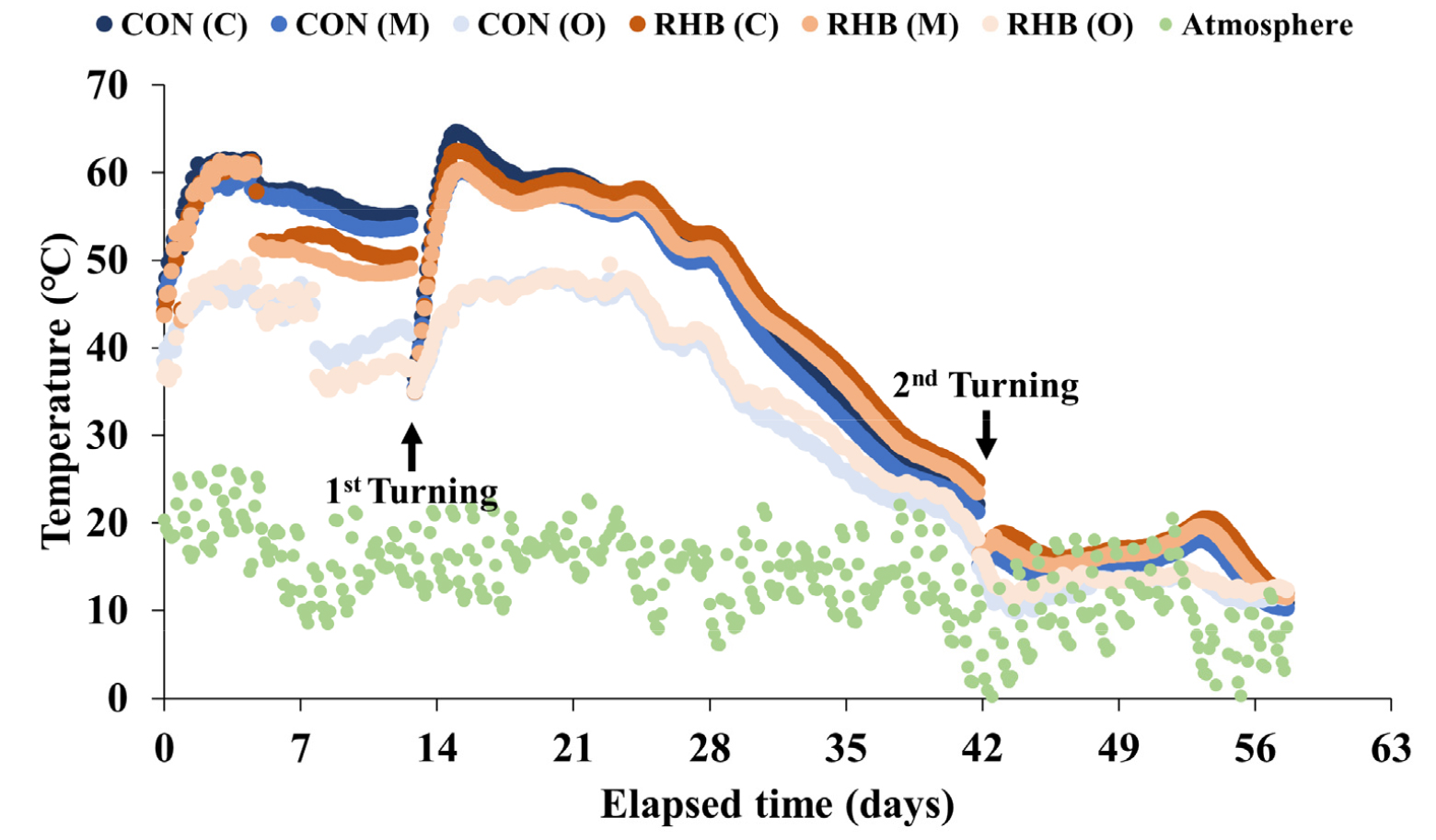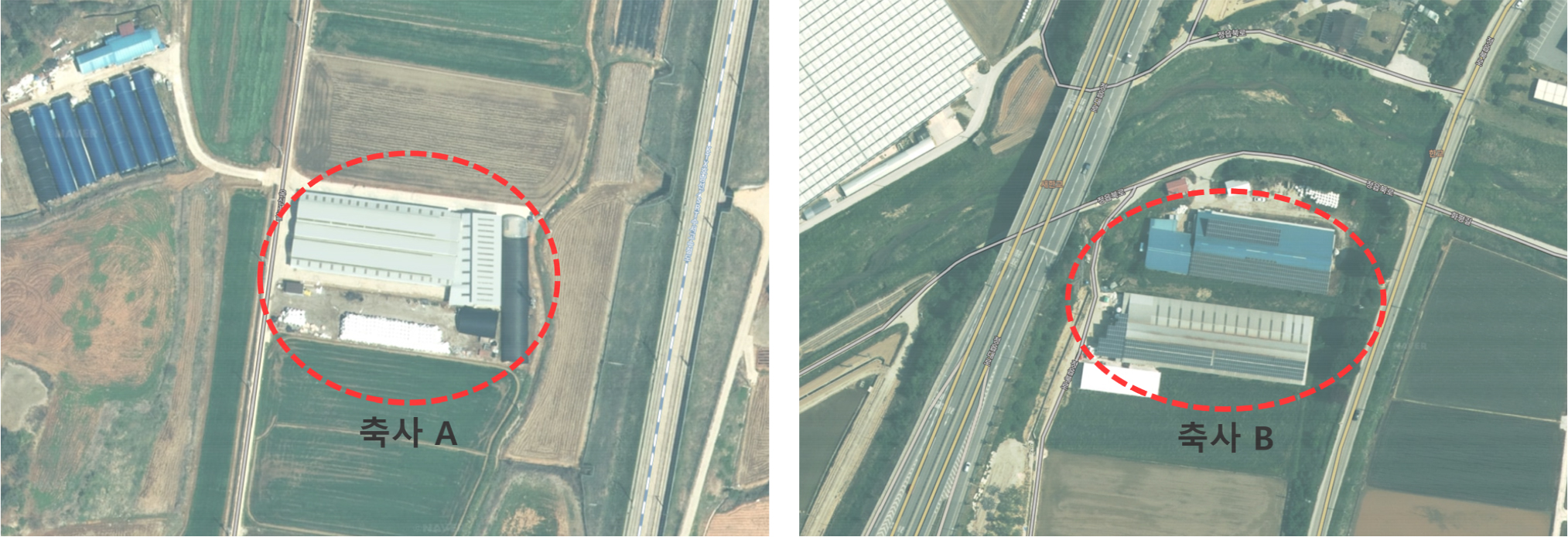-
Research article
-
Mitigation of gaseous nitrogen losses during composting of beef cattle bedded manure using rice husk biochar
왕겨 바이오차 첨가가 한우 깔짚분뇨 퇴비화 중 발생되는 암모니아 및 아산화질소에 미치는 영향
-
Jinho Shin, Dongyeo Kim, Riuh Wardhani, Abera Jabessa Fufa, Yongwoo Song, Tegu Lee, Suhyun Kim, Jongok Lee, Heekwon Ahn
신진호, 김동여, Wardhani Riuh, Fufa Abera Jabessa, 송용우, 이태구, 김수현, 이종옥, 안희권
- This study evaluated the efficacy of rice husk biochar (RHB) for mitigating gaseous nitrogen losses and enhancing nitrogen retention during the composting …
- This study evaluated the efficacy of rice husk biochar (RHB) for mitigating gaseous nitrogen losses and enhancing nitrogen retention during the composting of Hanwoo (Korean native cattle) bedded manure. A 58-day pilot-scale trial was conducted using six 800 L intermittently turned compost piles: three control piles without biochar and three amended with 10% RHB (w/w, dry basis). Ammonia (NH3) and nitrous oxide (N2O) emissions were quantified using 2.2 m3 flux chambers, alongside monitoring of internal pile conditions. RHB amendment significantly enhanced organic matter decomposition, with volatile solids reduction reaching 27.5% in RHB compared to 19.3% in control (p<0.05). Compared to the control, the RHB treatment reduced cumulative NH3 and N2O emissions by 33.4% and 25.2%, respectively, over the composting period (p<0.05). Consequently, total nitrogen retention was improved by 29% in the RHB treatment (p<0.05). The enhanced nitrogen conservation is attributed primarily to RHB's porous structure, which provided adsorption sites for ammoniacal nitrogen, thereby reducing volatilization losses and potentially influencing nitrification- denitrification pathways. The findings demonstrate that incorporating 10% RHB into intermittently turned composting systems offers a practical strategy to improve nitrogen use efficiency and environmental sustainability in Hanwoo bedded manure management. - COLLAPSE

-
Mitigation of gaseous nitrogen losses during composting of beef cattle bedded manure using rice husk biochar
-
Research article
-
Analysis of the effects of THI based on apparent temperature for Hanwoo heat stress management
한우의 열 스트레스 관리를 위한 온습도지수(THI)의 체감온도 반영 효과 분석
-
Myeong-Do Jang, Jea-Chul Kim, Ho-Yeon Lee
장명도, 김재철, 이호연
- This study compared the traditional Temperature-Humidity Index (THI) calculated from dry-bulb temperature with the THI calculated from apparent temperature for Hanwoo heat …
- This study compared the traditional Temperature-Humidity Index (THI) calculated from dry-bulb temperature with the THI calculated from apparent temperature for Hanwoo heat stress assessment. Using meteorological observation data, the analysis showed that applying apparent temperature had the effect of making the THI more sensitive to danger levels, as it increased the number of 'Danger' and 'Extreme Danger' days. Additionally, internal barn data from ICT sensors confirmed that the barn environment is hotter and more humid than the outside. This resulted in higher THI categories, suggesting that reliance on external data may underestimate the actual heat stress on Hanwoo. Therefore, incorporating apparent temperature and internal barn data is important for effective heat stress management. - COLLAPSE

-
Analysis of the effects of THI based on apparent temperature for Hanwoo heat stress management
-
Research article
-
Analysis of the effects of heat recovery ventilation in a laying hen house during the winter using computational fluid dynamics
전산유체역학을 이용한 동절기 산란계사의 열회수형 환기장치 도입 효과 분석
-
Jung-Hoo Song, Ji-Woo Han, In-Bok Lee
송정후, 한지우, 이인복
- This study investigated the impact of a heat recovery ventilation (HRV) system on the winter indoor thermal environment of a laying hen …
- This study investigated the impact of a heat recovery ventilation (HRV) system on the winter indoor thermal environment of a laying hen house using CFD simulations, based on Ministry of Agriculture design standards. HRV operation rates were varied from 100% to 10% to assess their effects on indoor temperature distribution and uniformity via a Uniformity Index (UI). An 80% HRV operation achieved the optimal target temperature of 20 °C for maximized laying rate, while rates above 50% maintained the recommended range of 18-24 °C. Temperature distribution exhibited greater vertical imbalance compared to horizontal, and average winter outdoor conditions indicated the target temperature could be reached without HRV. Nonetheless, HRV provided improved indoor air quality through enhanced ventilation, offering valuable insights for designing and optimizing HRV systems in laying hen houses. - COLLAPSE

-
Analysis of the effects of heat recovery ventilation in a laying hen house during the winter using computational fluid dynamics
-
Research article
-
A study on analyzing the image influence factor of ‘Centralized Livestock manure Management Project’
가축분뇨 공동자원화사업 민원요인 분석에 관한 연구
-
Gab One Han, Seung Jee Hong
한갑원, 홍승지
- This study explored the factors influencing public complaints regarding centralized livestock manure management (CLMM) facilities, focusing on the role of residents’ knowledge …
- This study explored the factors influencing public complaints regarding centralized livestock manure management (CLMM) facilities, focusing on the role of residents’ knowledge levels. Based on factor analysis and ordinal logistic regression, six main factors were identified: normative, economic, cognitive, environmental, administrative, and conflict-related. The analysis revealed that residents with higher knowledge levels were more influenced by normative, economic, and administrative factors, whereas those with lower knowledge levels were more affected by environmental, normative, and administrative concerns. These findings highlight the need for differentiated conflict response strategies. For high-knowledge regions, where facilities already exist or are being operated, participatory planning and transparent compensation processes should be prioritized. In contrast, in low-knowledge regions where future facility installations may occur, efforts should focus on improving awareness of environmental impact, health concerns, and economic benefits through tailored information campaigns and third-party verification. Across both groups, administrative factors significantly influenced complaint levels, underlining the importance of credible governance. Transparent communication, early disclosure of project details, and consistent public engagement are essential. Capacity-building programs for local officials and the development of community mediators are also recommended. In the long term, enhancing general public knowledge about the environmental and social benefits of CLMM facilities is crucial. Public education, local content-based campaigns, and experiential programs such as site visits or VR-based simulations could foster greater understanding and acceptance. Ultimately, addressing resident concerns requires context-sensitive, participatory, and trust-based governance models. - COLLAPSE
-
A study on analyzing the image influence factor of ‘Centralized Livestock manure Management Project’
Journal Informaiton
 Journal of Animal Environmental Science
Journal of Animal Environmental Science
Journal Informaiton
Journal Informaiton - close
 Journal of Animal Environmental Science
Journal of Animal Environmental Science








